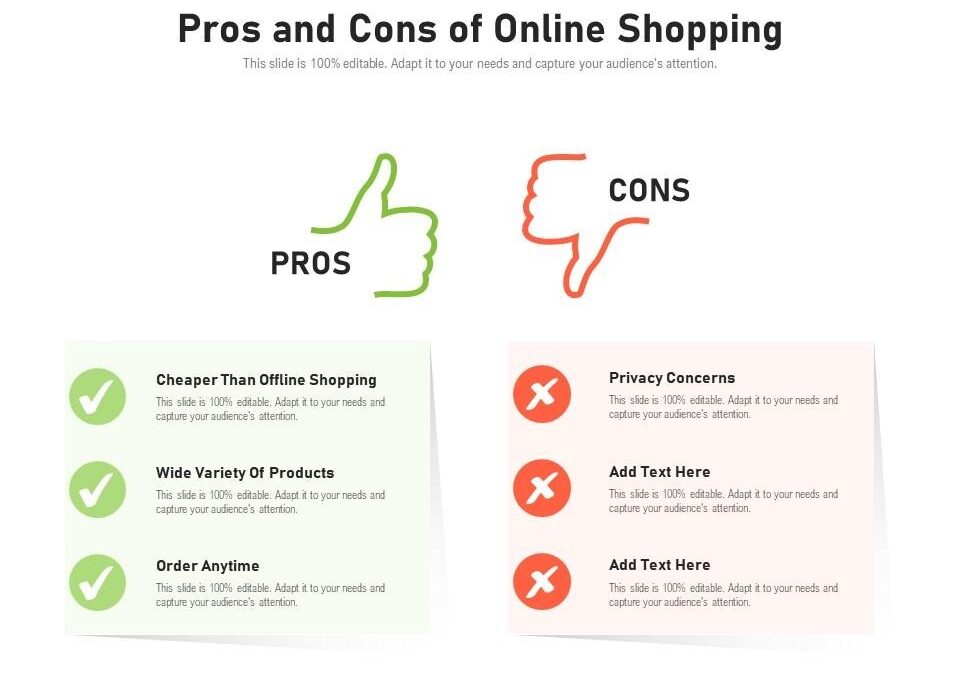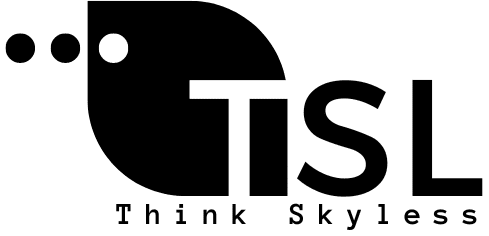
Introduction:
The design of a retail store plays a crucial role in attracting customers, influencing their buying behavior, and creating a memorable shopping experience. However, like any business decision, there are pros and cons to consider when designing a retail store. This article will explore the key advantages and disadvantages of retail store design, providing a concise overview of its impact on customers and retailers.
Pros of Retail Store Design:
Enhanced Customer Experience:
Well-designed retail stores have the potential to create a positive and memorable shopping experience for customers. Thoughtfully planned layouts, attractive displays, and appealing aesthetics can captivate shoppers, encourage exploration, and promote longer store visits. By prioritizing customer experience, retailers can foster customer loyalty and increase sales.
Effective Branding and Differentiation:
Store design offers a powerful tool for establishing and reinforcing a brand’s identity. Retail Store Design services strategically use colors, signage, and architectural elements, which help retailers create a unique and recognizable brand image. A distinct and cohesive design can differentiate a store from competitors, enhance brand recognition, and leave a lasting impression on customers.
Improved Visual Merchandising:
Retail store design directly impacts visual merchandising, critical for product presentation and sales. Well-planned store layouts enable effective product placement, highlighting featured items and encouraging cross-selling. By creating visually appealing displays that align with the store’s design, retailers can capture attention, stimulate impulse purchases, and boost sales.
Efficient Space Utilization:
A well-designed retail store maximizes the efficient use of available space. Thoughtful layouts and fixtures help optimize product placement, minimize congestion, and improve customer flow. Effective space utilization ensures customers can navigate the store easily, locate desired items, and enjoy a seamless shopping experience.
Increased Sales Conversion:
An effective store design can significantly impact sales conversion rates. Retailers can guide customers toward making purchases by strategically arranging product displays, creating clear pathways, and optimizing the placement of high-demand items. Well-designed layouts and attractive displays can capture attention, pique interest, and encourage impulse buying, ultimately boosting sales and revenue.
Reflecting the Target Market:
Store design allows retailers to create an environment that resonates with their target market. By understanding their customers’ preferences, lifestyles, and aspirations, retailers can design a store that reflects their target demographic. Whether through modern and minimalist aesthetics or a cozy and rustic atmosphere, a well-designed store can establish an emotional connection with customers and foster a sense of belonging, increasing their likelihood of returning to the store.
Cons of Retail Store Design:
High Initial Investment:
Designing a retail store involves significant upfront costs, including architectural planning, interior design, fixtures, and displays. The expense of hiring architectural 3d modeling services and executing the design vision can strain the budget, particularly for small or independent retailers. Still, if you are a professional, they ensure the money is returned as revenue in the minimum possible time. Careful financial planning is necessary to balance the desired design and available resources.
Limited Flexibility:
Once a retail store design is implemented, making significant changes can be challenging and costly. Retailers may need help adapting the store layout or aesthetics to accommodate evolving trends, customer preferences, or changes in product assortment. A lack of flexibility in design may restrict the store’s ability to stay relevant in a dynamic retail environment.
Maintenance and Upkeep:
Maintaining a well-designed retail store requires ongoing attention and investment. Regular cleaning, repairs, and updates are necessary to preserve the store’s visual appeal and functionality. Neglecting maintenance can lead to a decline in the shopping experience, negatively impacting customer perception and loyalty.
Conclusion
Retail store design can be a powerful tool for attracting customers, enhancing branding, and creating memorable shopping experiences. However, it also comes with potential drawbacks, such as high initial costs, limited flexibility, maintenance requirements, and potential impact on operations. Retailers must carefully weigh the pros and cons of store design, considering their budget, target market, and long-term business goals. By striking the right balance, retailers can create a visually appealing and functional retail environment that drives customer engagement, loyalty, and business success.


